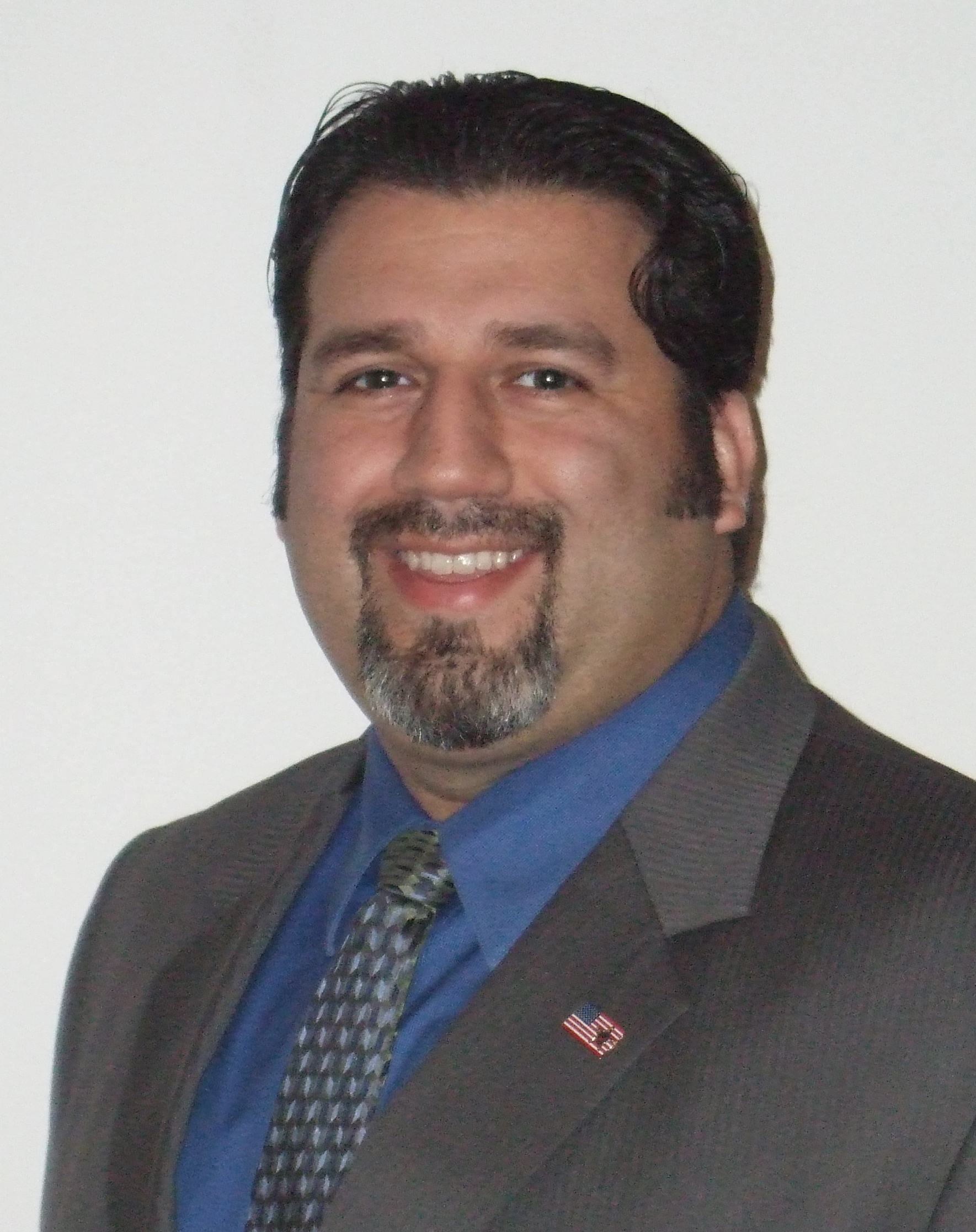
By: Andres Ramirez
There is no doubt the 2008 elections were indeed historic, but while the results of the 2010 midterms — and the decennial U.S. Census in the same year — may not have the rock star quality of the presidential contest, they very likely will have a far-reaching and long-lasting impact on our nation’s politics and electoral map.
In particular, Hispanics stand to gain substantially from the census as the U.S. Hispanic population continues its rapid rise. And it is projected that Hispanics will represent at least 16 percent of the American work force by 2014.
However, Hispanics must seize this opportunity by continuing to increase their electoral participation as they have in recent years. This will give them maximum influence over a range of issues that affect the workplace, including the hot-button topic of immigration.
The political influence of Hispanics will be felt in key regions and politically important states. Census results from the past few decades have shown that the American population is shifting more to the South and to the West. Judging by all the projections that the Census Bureau has released this decade, we can expect this trend to continue.
The census, a gold mine of data on economic and population trends, is key to many aspects of what Congress does and how it operates: Not only does it help determine how to allocate billions of dollars from the federal government to state and local governments, but new population data from the census determine how we reapportion Congressional seats. It is only logical that as the population shifts more to the South and the West, so should the number of Congressional districts.
The latest census population projections from the end of 2008 show that the American population has increased by about 22.6 million people since the 2000 Census, with the Hispanic population in America increasing by approximately 10.6 million people in that time frame. This means that Hispanics accounted for about 47 percent — almost half — of our nation’s population growth over the past decade.
The majority of this growth among the Hispanic population has occurred in the South and the West. This means that Hispanics are largely to credit for the expected Congressional gains in states such as Texas, Nevada, Arizona, Florida and Georgia. It’s also reasonable to assume these states will have a greater likelihood of electing additional Hispanic Members of Congress for two reasons: The Hispanic population itself has increased, and the number of Congressional seats in areas with high Hispanic populations will grow to match.
Hispanics also stand to gain political clout in states in the Northeast and Midwest such as Pennsylvania, New York and Illinois, whose numbers of Congressional seats are decreasing. The reason: Hispanic populations are increasing in these states, meaning more Hispanics are concentrated in fewer Congressional districts, making them a larger proportion of the electorate.
In addition to the gains at the federal level, the Hispanic community will have the opportunity to increase representation at the state and local levels as well. It is important to note that districts are drawn based on population numbers and not on the number of registered voters. This allows the potential for a number of districts to be drawn with significant percentages of Hispanic population, making it easier, though not guaranteed, for a Hispanic to be elected in these districts in the future.
One other important factor to consider is that the median age for Hispanics — estimated at 25 to 27 — is much younger than the rest of the population. Currently, there are many Congressional districts with large numbers of Hispanic residents who are not yet eligible to vote because they are younger than 18. The most current census estimates show that about 34 percent of all Hispanics are younger than 18, compared with about 25 percent of the total population.
According to an analysis I conducted after the presidential election, the Hispanic share of the national vote increased from 8 percent in 2004 to 9 percent in 2008. In three of the battleground states with significant Latino populations, the share of the electorate that was Hispanic skyrocketed, increasing 62 percent in Colorado, 50 percent in Nevada and 28 percent in New Mexico.
Not only is the Hispanic vote growing rapidly, it is also skewing increasingly Democratic. In 2008, Hispanics voted for Barack Obama over Sen. John McCain (R-Ariz.) 67 percent to 31 percent, an 18 percent net gain over 2004 for the Democrats. So Hispanics’ political impact will only increase as millions reach voting age before the next presidential election, particularly if Republicans continue to fail to connect with one of the fastest-growing demographic groups in the United States.
The latest census data make clear that Hispanics have become a part of the American electoral fabric and now reside in substantial numbers in every state in the union. In addition, Hispanics are beginning to participate in much higher levels in our civic and political processes.
It is very likely that the 2010 Census will show tremendous growth in our nation’s Hispanic population. But it will be up to Hispanics to take advantage of this opportunity to flex their political muscle, as they have increasingly done. If they do so, Hispanics are likely to play an increased role in American culture and governance, and we will see this play out as issues that are important to the Hispanic community, such as fixing our nation’s broken immigration system, become more central in the political arena.
Andres Ramirez is the Vice President of Hispanic Programs for NDN, a progressive think tank and advocacy organization. Throughout his political and legislative career, Andres has been consulted for his expertise on Latino issues. The above article is an op-ed published in today’s issue of Roll Call. We thank Mr. Ramirez for giving us the privilege to post his article.

Great stuff here 🙂